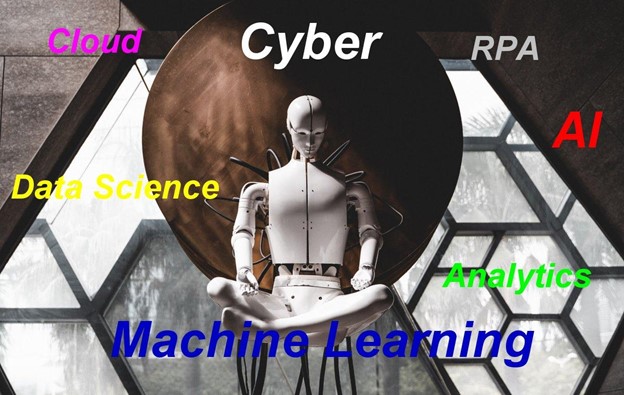
There has been an iceberg-level shift in the focus of the cybersecurity industry. Cyber hygiene via annual training is no longer dominating the attention of cyber leaders. Technology and techniques have become weaponized to extort large amounts of money from individuals and companies alike. According to the New England Institute of Technology, it is estimated that cybercrime will cost companies over $6 trillion just in 2021. This has opened an emerging technology career path that isn’t going away. As one of the leading IT apprenticeship programs in the United States, Smoothstack possesses an in-depth understanding of both IT hiring practices and the trajectory of the IT and cybersecurity field. Within the past few years, a growing number of businesses have been forced to rely on cybersecurity analysts and experts thanks to the global movement towards remote work and digital transactions. In preparation for the large number of cybersecurity positions that will be available in the upcoming years, Smoothstack will review careers in cybersecurity in hopes of inspiring young professionals to join this dynamic and in-demand field.
Cyber Attacks
An increase in cyber attacks has had a ripple effect throughout the industry. More specialized cyber roles are needed to prevent, respond, and deloy offensive tactics to protect the United States’ infrastructure and commerce.
Within weeks, major cyber attacks on both the Colonial Pipeline and one of the largest meatpacking plants in the country. Attacks like these cost companies millions to regain control of their data and systems. Companies are taking proactive measures by hiring cyber specialists. This has created a competitive market and increased wages for talent, driving the average salary over $90,000.
Even before the term cyber attack became a household term, industry experts recognized a significant gap in trained cybersecurity personnel. In 2018, the unfilled need in the United States alone was almost half a million workers. Over half of all companies surveyed identified this recruiting gap as putting their company at risk, according to (ISC)². According to the Bureau of Labor Statistics, cybersecurity jobs will grow by over 30% by the end of the decade.
Cybersecurity Brings Diversity
Cybersecurity continues to grow as the profession of choice among women. According to The Synack; Diversity and Inclusion Report, women in cyber roles increased from 11% to 25%. The need is still there for equal representation. 74% of K-12 girls expressed an interest in a STEM career. This gives the industry hope that the answer to the workforce shortage is to harness young talent, particularly females.
With over 3.5 million cybersecurity jobs to fill in 2021, a diverse workforce is a must. Diversity in cybersecurity helps better anticipate threats against underrepresented communities. It also brings together different backgrounds and experiences that may help prevent new types of cyberattacks. In upcoming blogs, Smoothstack will review diversity within the Cybersecurity field and the importance of women in cyber roles.
Where Do I Sign Up?
Cybersecurity is a whole industry. There are dozens of specializations within the field. You might find your calling as a network engineer, penetration tester, SOC analyst, incident responder, cybersecurity auditor, or even cyber workforce planner. People that don’t view themselves as technical can still find success in cyber roles. Smoothstack stresses that the industry needs critical thinkers who are perceptive and analytical to fill the growing number of cybersecurity positions.
There are many onramps to a career in cybersecurity beyond the traditional 4-year degree pathway. Executive Order 13932 supports competency-based hiring for federal jobs, including cyber roles. Breaking into the industry can start with self-taught skills, cybersecurity certifications, hands-on experience, or transferable skills. Smoothstack supports those wanting to begin a career in cybersecurity through non-traditional pathways by using competency-based hiring practices.
If you would like to know more about a career in cybersecurity, Smoothstack is ready to help you start your journey.








